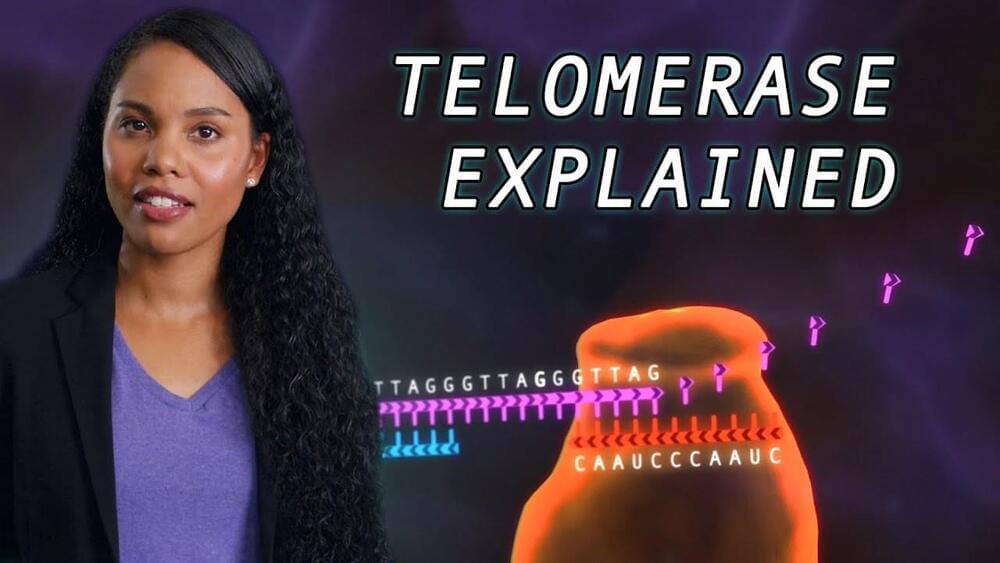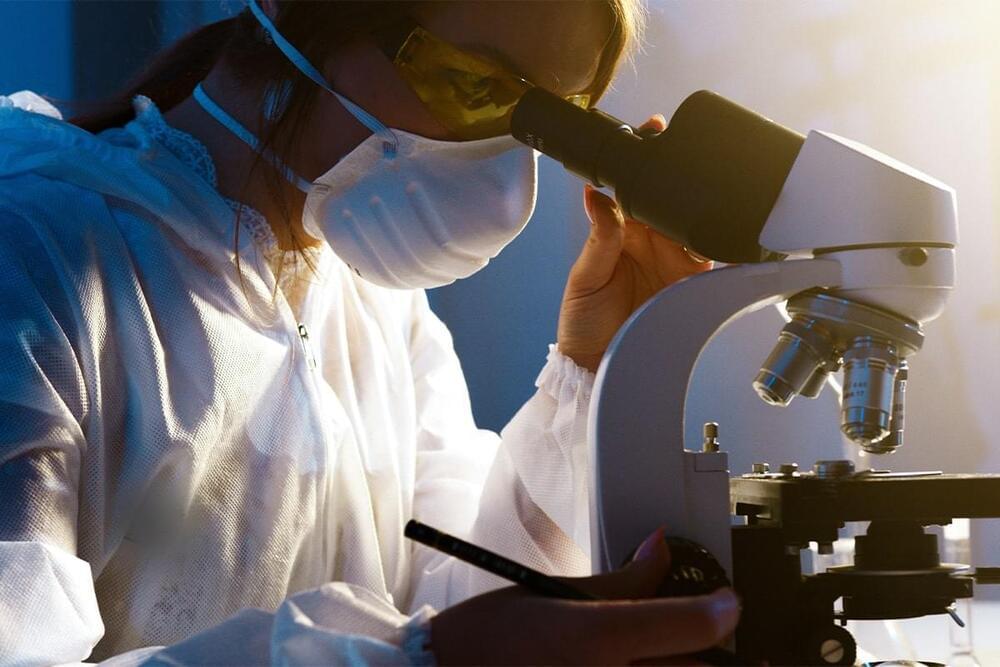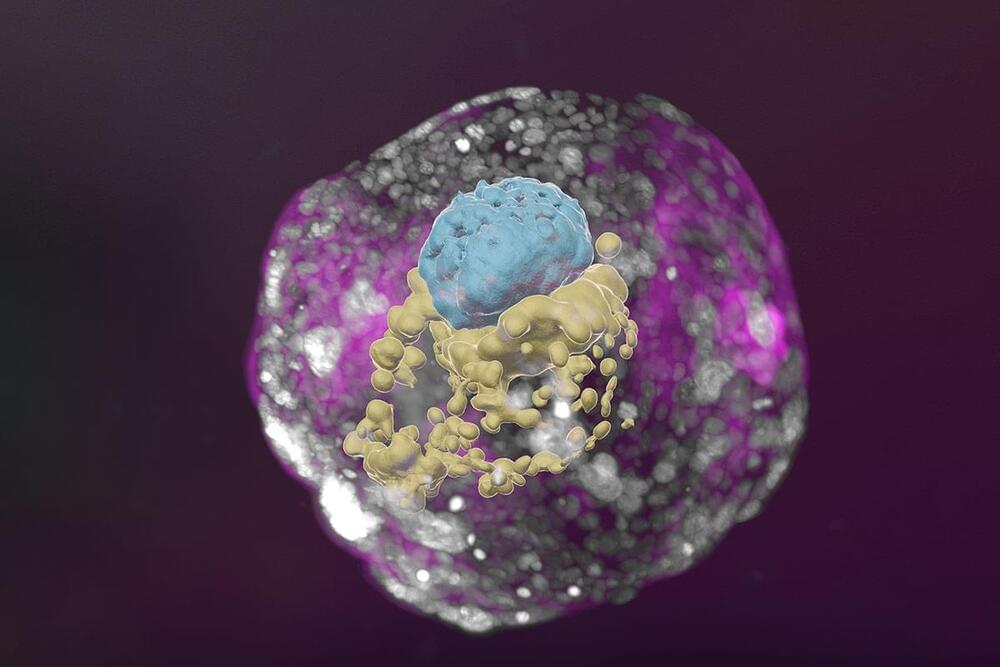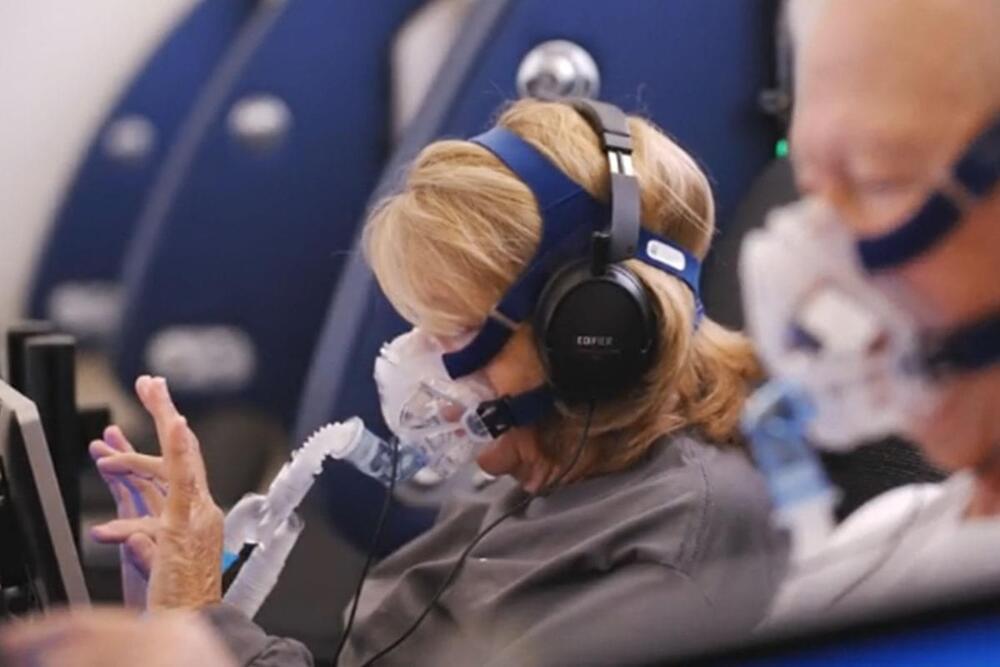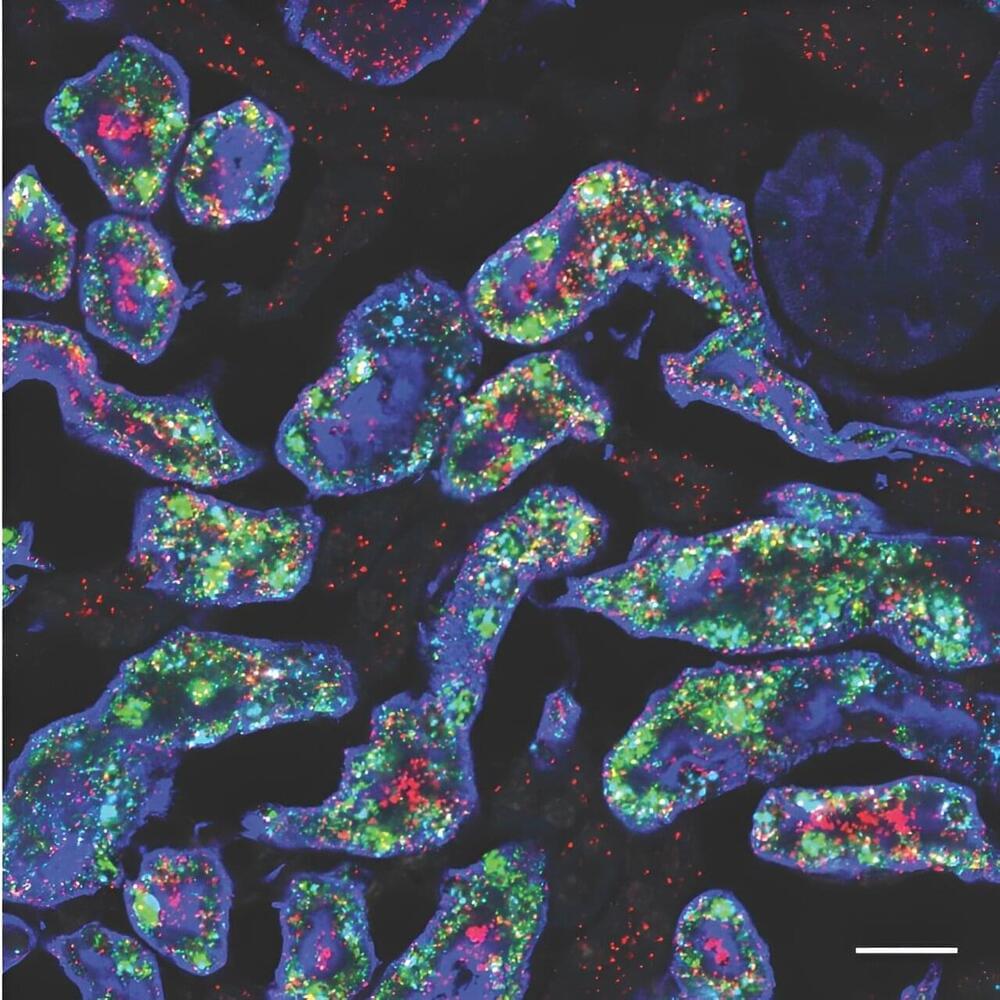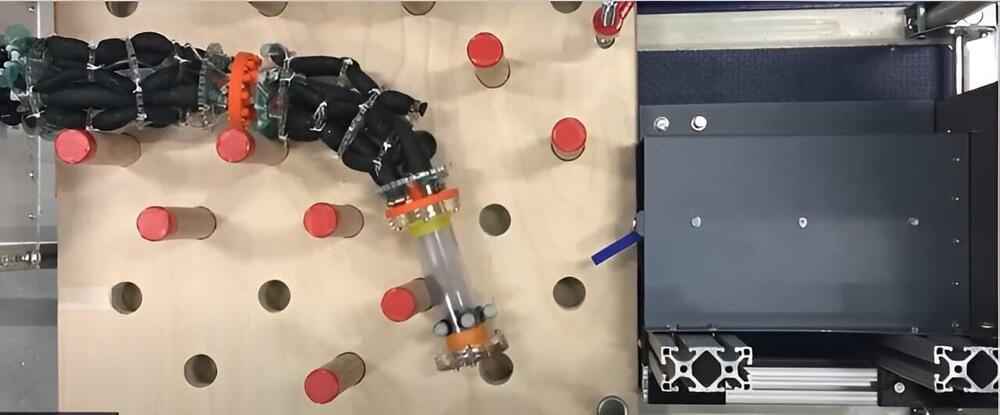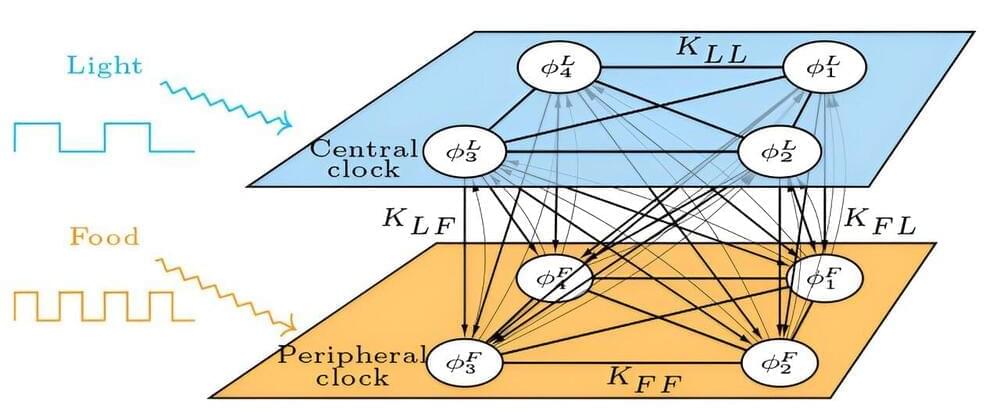Sep 7, 2023
Telomere-boosting mRNA therapeutic turns back the aging clock
Posted by Montie Adkins in categories: biotech/medical, genetics, life extension
This is a big deal, kids.
For the past five years, Silicon Valley biotech Rejuvenation Technologies has been quietly working on a therapeutic platform to extend telomeres in the human body, with the goal of boosting longevity and healthspan. Yesterday, the company emerged from stealth with a healthy seed funding round of $10.6 million, led by Khosla Ventures.
Rejuvenation has developed a synthetic mRNA-based approach to restoring telomeres to a “healthy length” – capable of reversing a decade of telomere shortening in a single dose. The mRNA produces telomerase, an enzyme that plays a critical role in maintaining the length of telomeres. Following positive preclinical results in lung and liver disease indications, the company is now preparing the path towards its first in-human trials.
Continue reading “Telomere-boosting mRNA therapeutic turns back the aging clock” »

